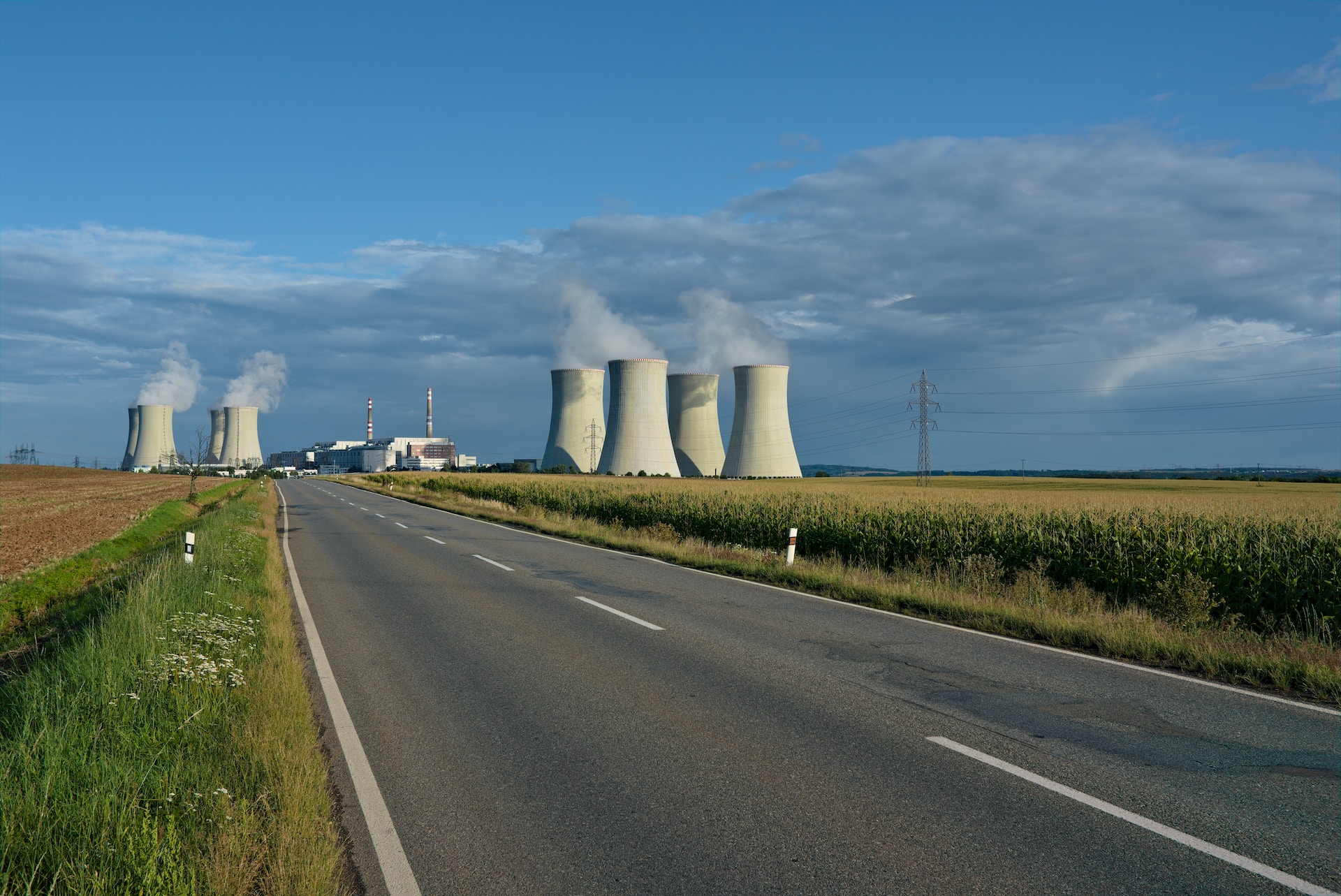New projections for nuclear power utilization indicate demand for uranium could double by 2040. These projections are bolstered by the expanding lifespans of existing nuclear power plants, which could soon reach 100 years with refurbishment. Earlier this year, Japan became one of the countries to extend the maximum age of its nuclear plants beyond 60 years, coinciding with a re-opening of many reactors the country shuttered following the 2011 Fukushima disaster. The nuke-skeptic era that was unleashed by the Japanese meltdown met a symbolic end recently, with the release of irradiated water from the destroyed plant.
Though fears have subsided regarding the use and operation of nuclear power plants in recent years, procurement has become more complicated due to geopolitical developments in Eastern Europe and Africa. Russia’s war in Ukraine and military coups affecting nations across the Sahara Desert may carry vast implications for uranium exportation to the western world in months to come.
Related ETFs: SPDR S&P Aerospace & Defense ETF (XAR), Sprott Uranium Miners ETF (URNM)
New data from the World Nuclear Association (WNA) indicates that demand for uranium in nuclear reactors is expected to climb by 28% through 2030 and nearly double by 2040. As MRP has previously written, global uranium production has dwindled, following several years of output cuts meant to clear a glut of uranium that built up in the early 2010s and depressed prices significantly. The WNA’s report notes that Global uranium production was equivalent to just 49,355 tonnes last year. However, annual demand is projected to skyrocket to 83,840 tonnes by 2030 and 130,000 tonnes by 2040.
Per Reuters, citing the WNA report, capacity will grow through not only new reactors, the bulk of which are planned in China and India, but by extending the operating lifetimes of existing plants. Nuclear power plants usually target operating lifetimes of up to 60 years, but Rafael Grossi, director of the International Atomic Energy Agency (IAEA) has suggested refurbishing operations could soon expand plant lifetimes to 100 years. The US’s Nuclear Regulatory Commission (NRC) has already issued approvals of the first licenses for American reactors to operate for 80 years. The world’s oldest operating plant, Switzerland’s Beznau nuclear power plant, has been…
To read the complete Intelligence Briefing, current All-Access clients, SIGN IN All-Access clients receive the full-spectrum of MRP’s research, including daily investment insights and unlimited use of our online research archive. For a free trial of MRP’s All-Access membership, or to save 50% on your first year by signing up now, CLICK HERE










